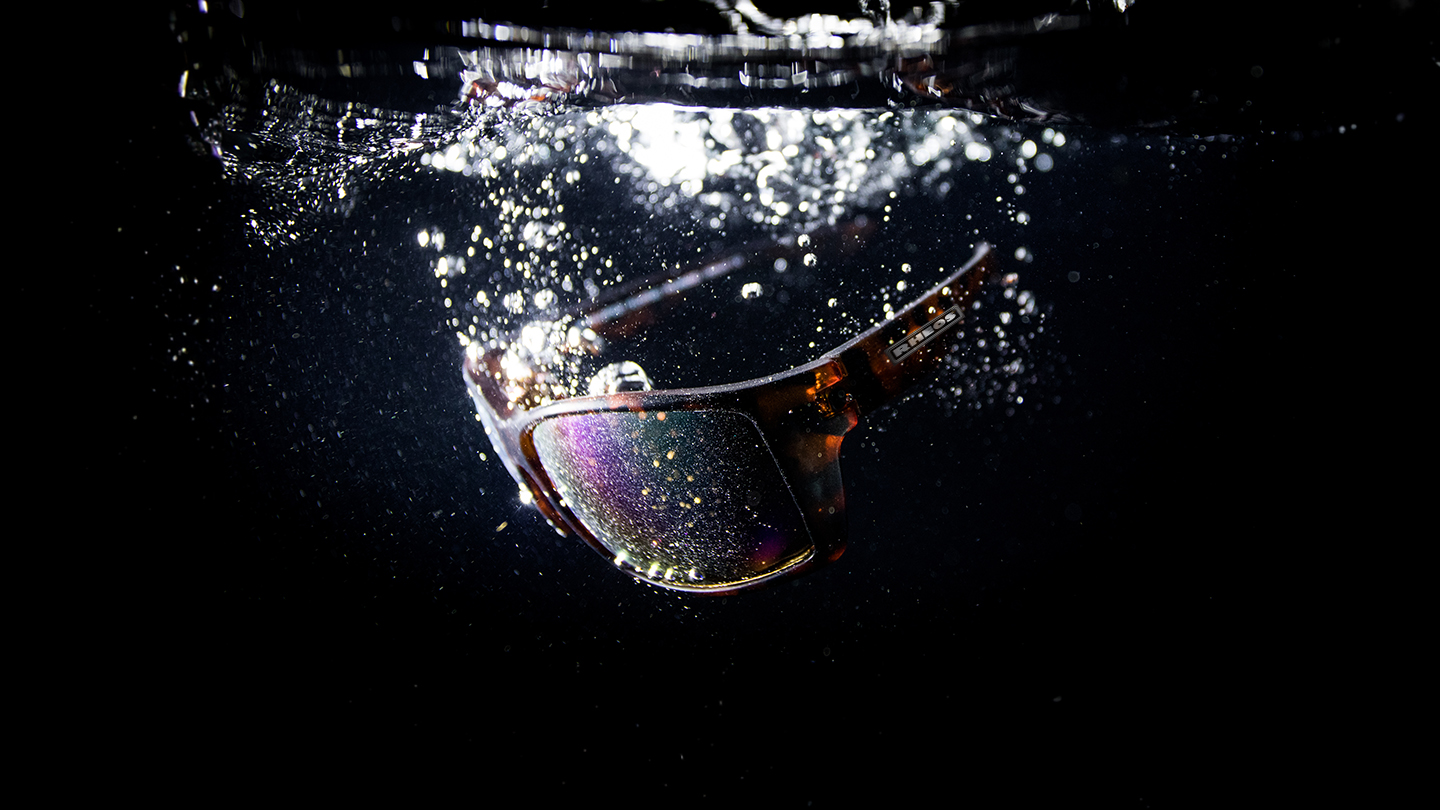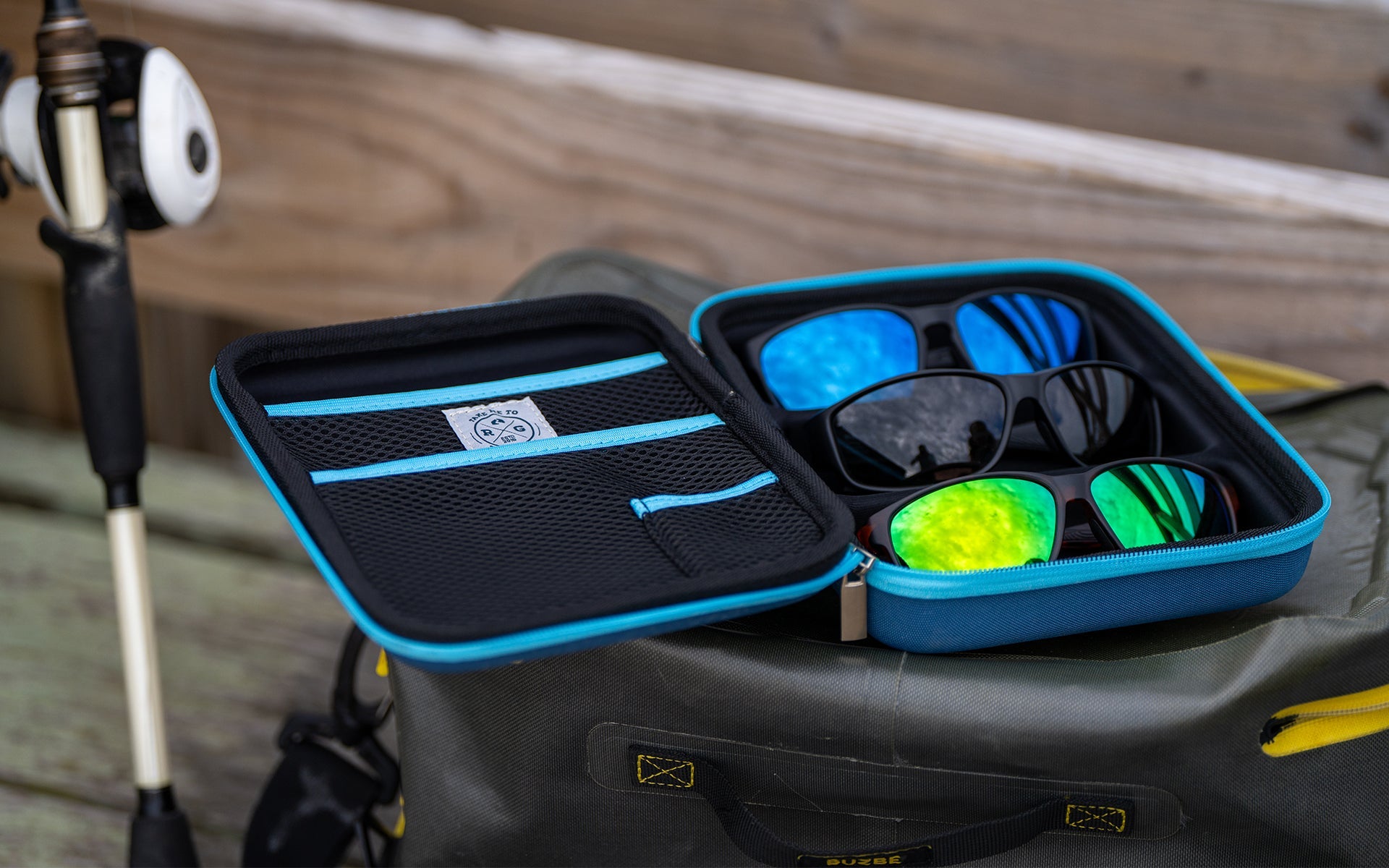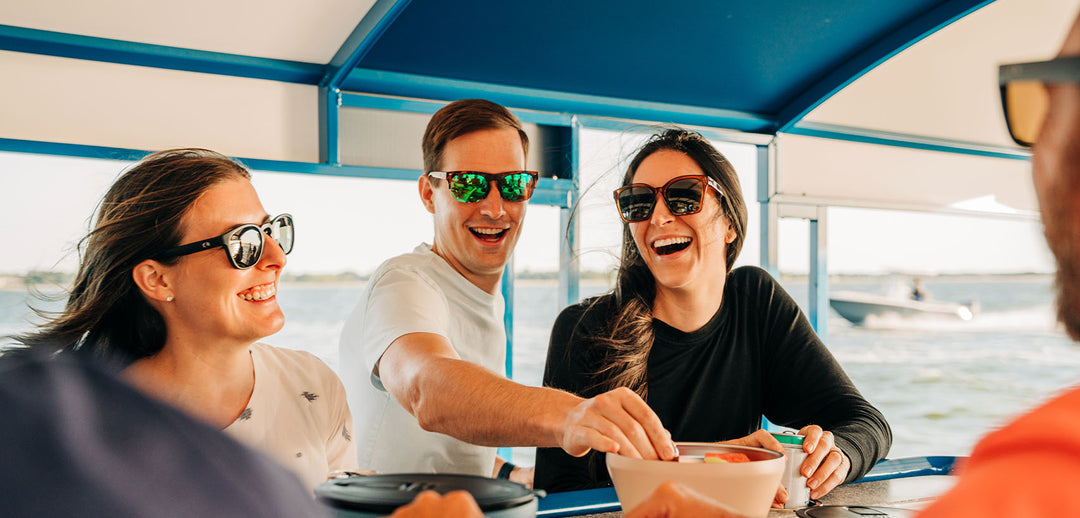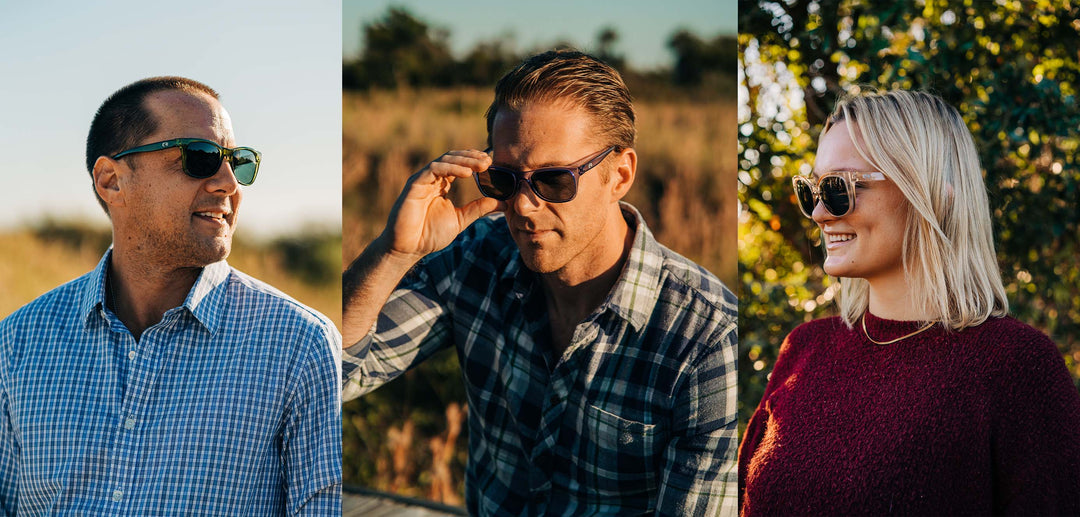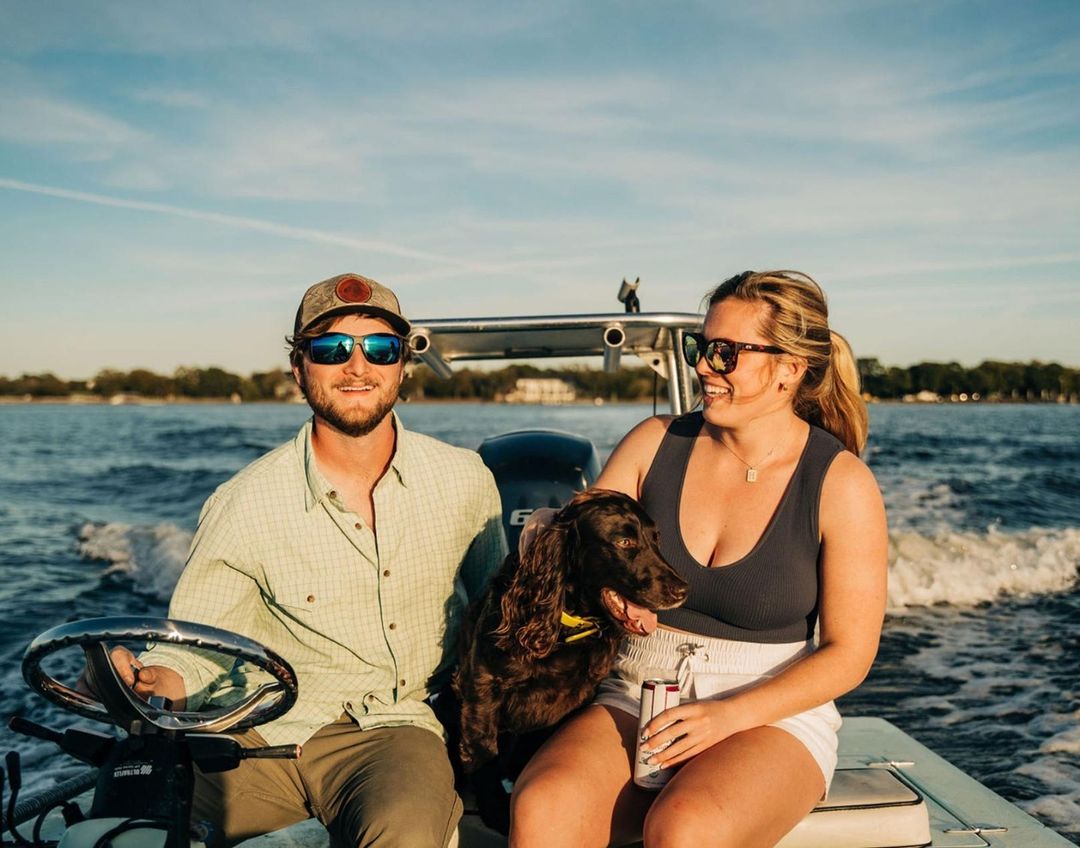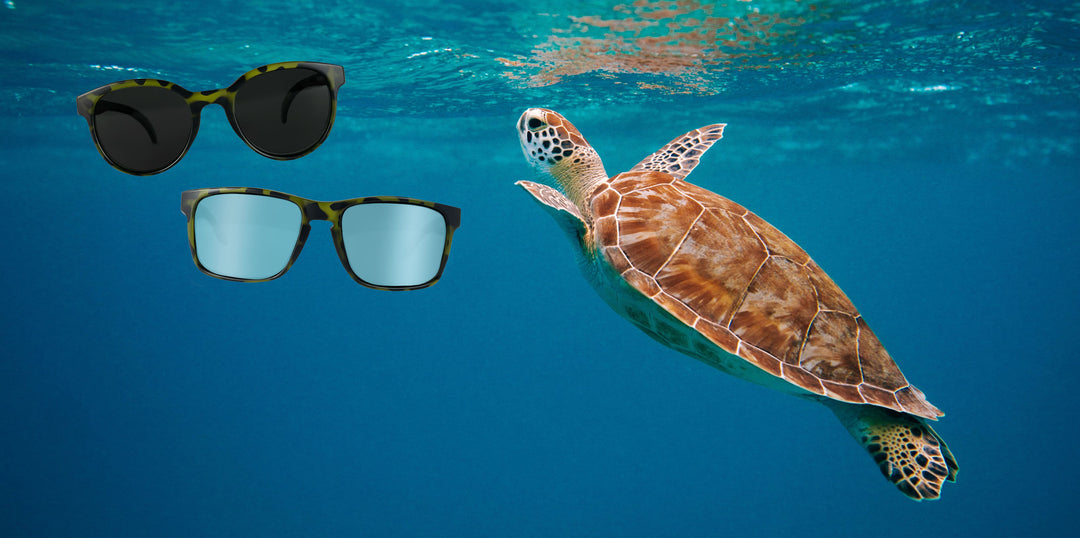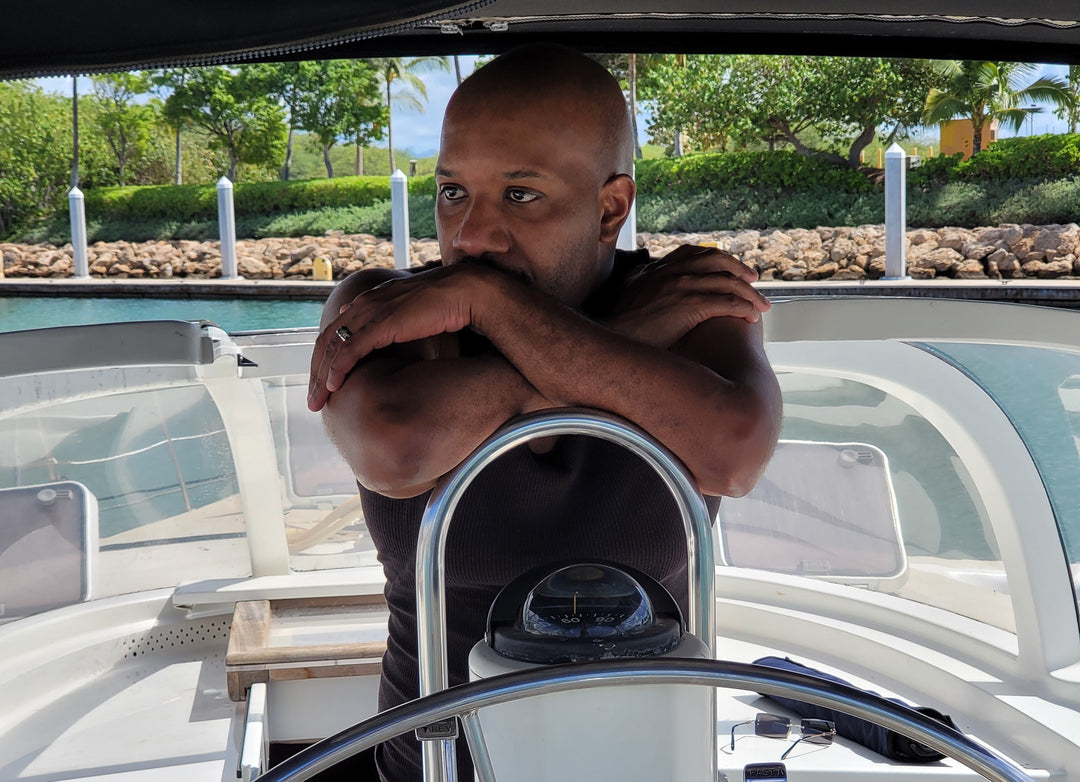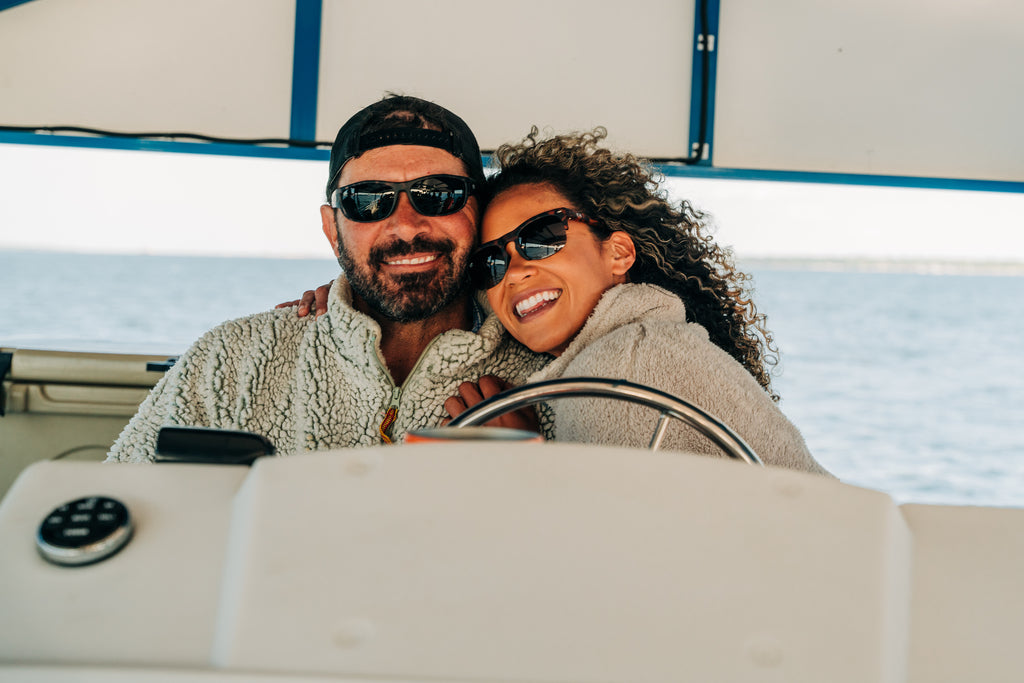A Brief History of Sol Legare
Right down the road from our warehouse on James Island you’ll find a street that, at first glance, appears like any other 2-lane thoroughfare on the island. But more than just its beautiful marsh front views and epic sunsets, Sol Legare (pronounced Sol Le-Gree) is home to a vibrant Black and Gullah community that has stood – quite literally, in the case of the Civil War – on the front lines of history.
We’re honored that Sol Legare is our “adopted” highway through the Adopt-A-Highway program, and we’ve had the opportunity to better get to know our neighbors during our roadside cleanups. Sol Legare residents greet us with a honk, rolling down their windows to cheer us on, welcoming us to their neighborhood and sharing their past with pride. One of our new friends even pointed us to a Civil War monument that we’d somehow passed by entirely, and he told us about the Battle of Sol Legare Island.
There is so much history on this land. So if you’re like us, whether from Charleston or afar, and you’ve not learned about Sol Legare in your history books… here’s a quick overview of this road’s incredible community and heritage. (See links below for more comprehensive reading and references).

During the Civil War, the 54th Regiment Massachusetts Volunteer Infantry was one of the first sanctioned African American regiments in the Union Army. The 54th fought on this narrow strip of land in 1863 during the Battle of Sol Legare. While fighting to free enslaved Americans during this battle, the 54th lost 14 men, with an additional 17 wounded and 12 missing. A mere two days later they went on to fight in the Battery Wagner battle (which you can see in the movie Glory starring Denzel Washington and Morgan Freeman).

In the late 1800s, newly freed enslaved Americans settled on Sol Legare to farm and fish. Many of its current residents are direct descendants of these original settlers. For more than 100 years, the Seashore Farmers’ Lodge on Sol Legare served as a community building for meetings, school, church and funerals. Residents relied on this community center to help one another despite societal discrimination and little to no support from outside the Sol Legare community. Nearly destroyed by Hurricane Hugo in 1989, the Lodge reopened in 2011 as a cultural museum.

Black Charlestonians were not permitted on Folly Beach and other surrounding beaches during the Jim Crow era. An area known for swimming on Sol Legare called “Mosquito Beach” offered a recreational waterfront refuge for the segregated Black community. Mosquito Beach was listed on the National Register of Historic Places in 2019. The owner of the Pine Tree Hotel on Mosquito Beach, one of the last standing African American hotels from the Civil Rights era of the 1950s, hopes to begin a renovation project this year.

Many historic buildings are still standing on Sol Legare and Mosquito Beach. You can explore Historic Mosquito Beach’s newly launched interactive map and visit many of these buildings, restaurants and museums today – along with several other historic locations along the Gullah-Geechee Heritage Corridor (a 12,000 square mile National Heritage Area from Florida up the coast to North Carolina’s Sea Islands).
Volunteerism is a key tenet of our company and giving back to our community is a huge driver in what we do every day. We’re grateful that in our efforts to help protect Charleston’s waterside roads through Adopt-A-Highway we have met so many new people and opened our eyes and hearts to the history right in our backyard.
For more reading:
Charleston City Paper: The Heart of Sol Legare
South Carolina Picture Project: Seashore Farmers’ Lodge
Photographic Museum of Humanity
